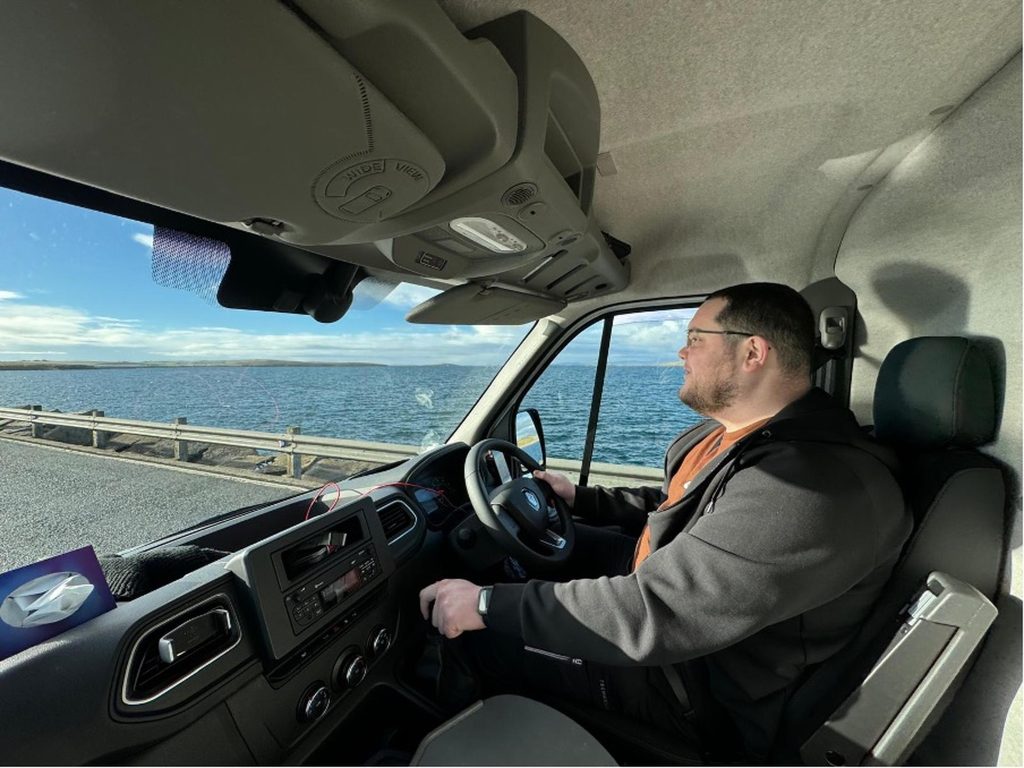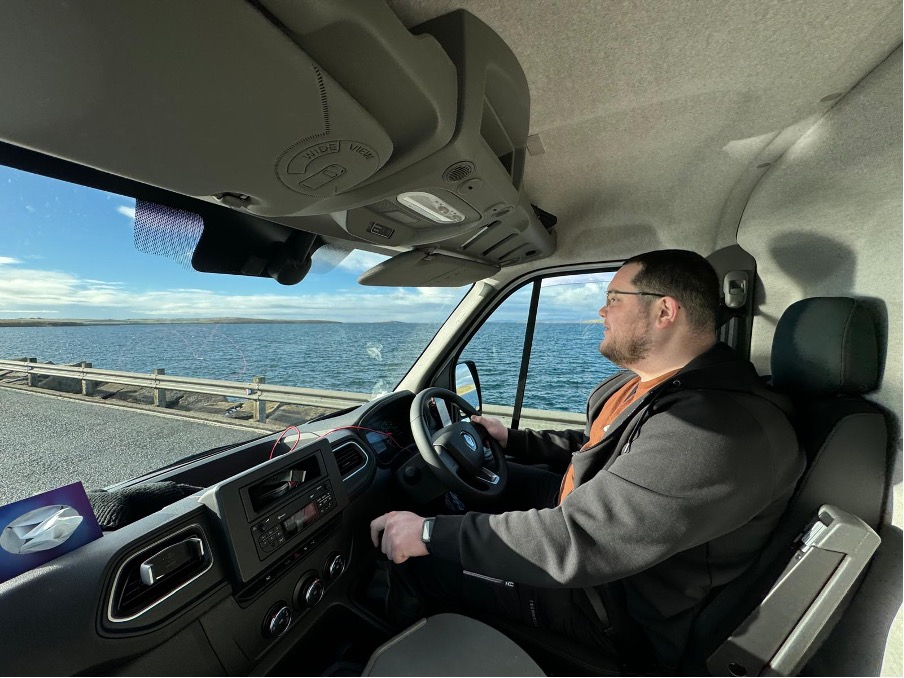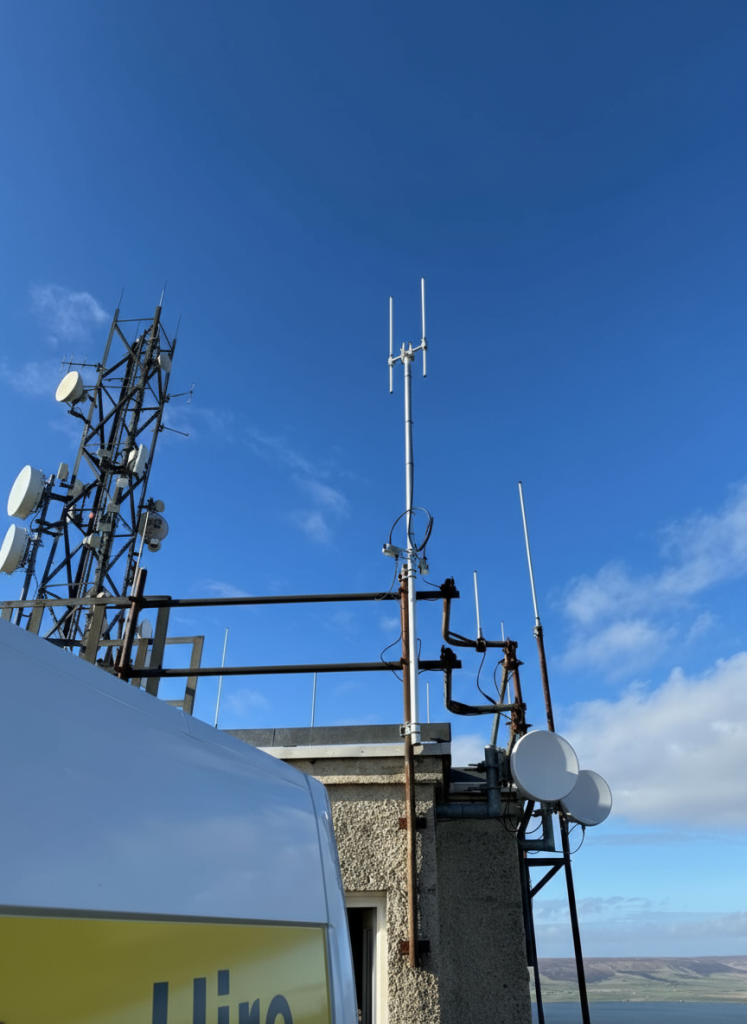We caught up with Matthew Hay, an Air Traffic Engineer based in Edinburgh Airport.
Since joining Air Navigation Solutions through the apprenticeship programme, Matthew has grown into a pivotal member of the team, demonstrating expertise and dedication that have driven his remarkable career progression to Project Specialist.

My journey at ANSL began in 2018. I joined via the apprenticeship programme at my college, while studying a Higher National Certificate (HNC) in Measurement and Control for Petrochemical Instrument Engineering. Just a few months into my apprenticeship with ANSL, I was already gaining hands-on experience at an airport control tower, which set the stage for what has been an incredible experience so far.
In 2020, as I completed my college programme, I transitioned directly into ANSL. During those early years, I worked on the installation of a new voice communication system (VCS) with James [McCann], another Air Traffic Engineer and good friend who also joined via the same apprenticeship. I still remember my first week, uninstalling and reinstalling radios at Edinburgh Airport. It might have been a task on the smaller side compared to what I’m currently working on, but it was a vital step in building my confidence and skills.
Working with James on implementing the VCS at Edinburgh Airport remains a standout milestone for me. Together, we formed the installation team, handling everything from installing new systems to perfecting best practices in documentation and system diagrams.
Over time, my role evolved significantly. Starting out as an Apprentice Air Traffic Engineer, I moved up to an Air Traffic Engineer, and now I’ve taken on various responsibilities that could eventually lead me to a specialist engineer role. I’ve been fortunate to have mentors like Sophie Mills, Sandy Legget and my line manager Paul Johnston, who have all guided me through more complex project work and supported my development.
My work began to broaden with projects like the installation of SimpliFID, our Flight Information Display (FID) solution which we launched last year. This introduced me to new areas such as project testing, system design documentation, critical design reviews, and the development of training manuals.
This project-oriented work also taught me important lessons about best practices, particularly the importance of meticulous documentation. Recording system diagrams, tracking new equipment as it is delivered, and ensuring all information is accurately captured became essential to my approach.
Being involved with installing SimpliFID came off the back of my prior experience working on the Instrumented Runway Visual Ranging (IRVR) at Inverness and Kirkwall.. Working on the IRVR installation really honed my ability to manage installations while ensuring all information was meticulously recorded.
I initially joined the SimpliFID project as an installation engineer in August 2023. By November that same year, I had completed three site surveys on my own. These surveys involved determining system infrastructure needs, identifying optimal receiver placements, and assessing whether racks needed to be built and what components they should include.
My role grew from installations to making decisions about site specifications, cabling sizes, and other critical infrastructure elements. Once the system design was finalised, I moved on to procuring equipment and components for installations and began Factory Acceptance Testing (FAT). This phase included making sure we used the best support software packages, followed by rigorous testing to ensure the system met customer requirements. Since this is the first system of its kind, it’s been a learning experience and other stakeholders including the CAA.
One of my proudest accomplishments has been seeing projects through from start to finish. This journey has not only bolstered my confidence but also enriched my experience across various facets of air traffic engineering.
As I continue to grow at ANSL, I remain deeply involved in both large-scale projects and smaller ones. My journey from apprentice to project installation engineer/Air Traffic Engineer is a testament to the opportunities I’ve been able to take advantage of ANSL to progress, and the importance of mentorship, hands-on experience, and continuous learning.


